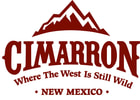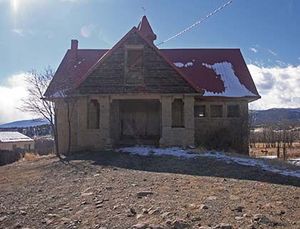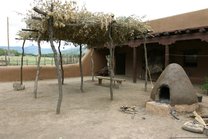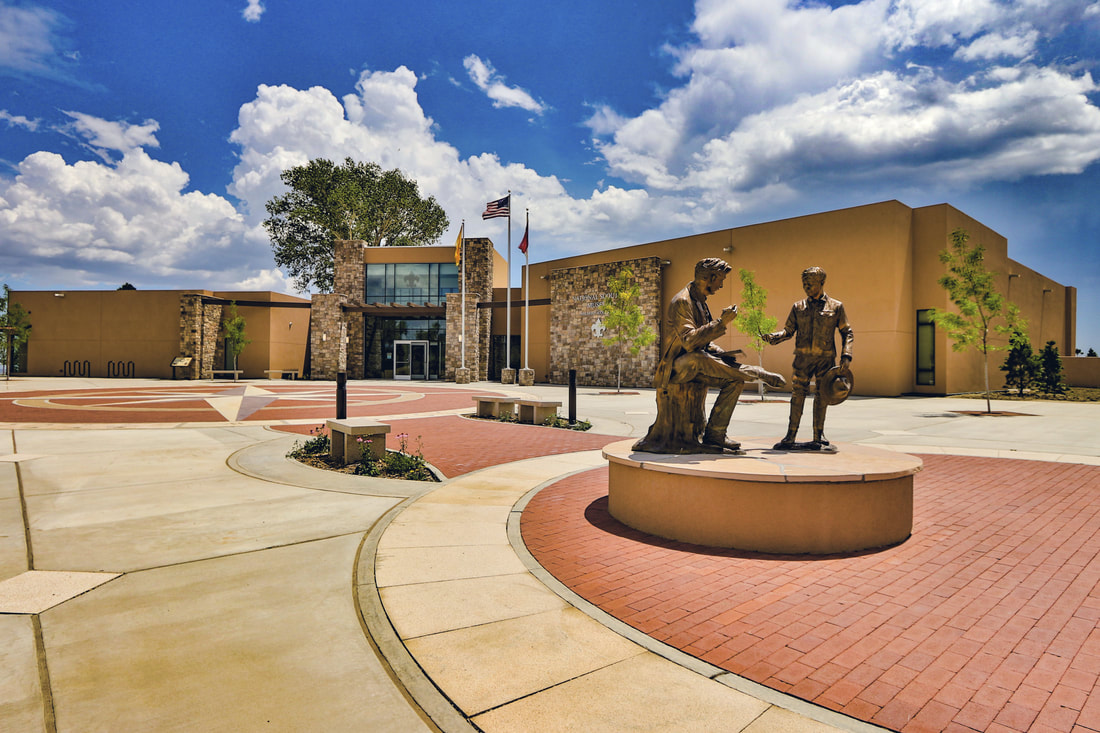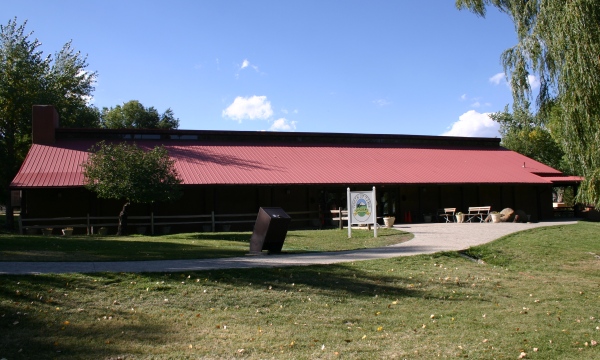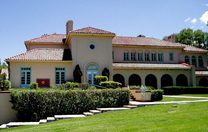PHILMONT SCOUT RANCH

ENJOY PHILMONT SCOUT RANCH
The headquarters of Philmont Scout Ranch is located four miles south of Cimarron on SR 21 and houses the Philmont Museum & Gift Shop and Seton Library, which also serves as Philmont’s Visitor Center. Nearby is the magnificent Villa Philmonte, built by Waite Phillips in the late 1920s; tours may be arranged at the Philmont Museum. While you are at Philmont, also enjoy the Tooth of Time Traders, a fantastic Philmont gift shop and outdoor gear store, open year round.
Eleven miles south of Cimarron on SR 21 lies the interpretive seasonal site of the Kit Carson Museum at Rayado which includes a reconstruction of Kit Carson’s hacienda. A historic chapel sits across the road in a stand of trees.
History of Philmont: In the early 1920s, Waite Phillips, of the Phillips 66 Oil Company, began purchasing large tracts of land west and south of Cimarron. By the mid-1930s he had acquired over 300,000 acres and named the ranch Philmont. About 1940 he donated half the land to the Boy Scouts of America to be used as a working ranch as well as a high adventure base for Scouts. Modern day Philmont Scout Ranch is the Boy Scouts of America's largest national High Adventure Base. Its 34 staffed camps and 55 trail camps provide an unforgettable adventure in the high country along hundreds of miles of rugged, rocky trails. philmontscoutranch.org
The headquarters of Philmont Scout Ranch is located four miles south of Cimarron on SR 21 and houses the Philmont Museum & Gift Shop and Seton Library, which also serves as Philmont’s Visitor Center. Nearby is the magnificent Villa Philmonte, built by Waite Phillips in the late 1920s; tours may be arranged at the Philmont Museum. While you are at Philmont, also enjoy the Tooth of Time Traders, a fantastic Philmont gift shop and outdoor gear store, open year round.
Eleven miles south of Cimarron on SR 21 lies the interpretive seasonal site of the Kit Carson Museum at Rayado which includes a reconstruction of Kit Carson’s hacienda. A historic chapel sits across the road in a stand of trees.
History of Philmont: In the early 1920s, Waite Phillips, of the Phillips 66 Oil Company, began purchasing large tracts of land west and south of Cimarron. By the mid-1930s he had acquired over 300,000 acres and named the ranch Philmont. About 1940 he donated half the land to the Boy Scouts of America to be used as a working ranch as well as a high adventure base for Scouts. Modern day Philmont Scout Ranch is the Boy Scouts of America's largest national High Adventure Base. Its 34 staffed camps and 55 trail camps provide an unforgettable adventure in the high country along hundreds of miles of rugged, rocky trails. philmontscoutranch.org
|
HISTORIC CHASE RANCH
In Cimarron. – Founded in 1869, the Chase Ranch was successfully owned and operated by the Chase family for over 143 years. The historic adobe ranch house offers a glimpse of ranch life starting around the time of the Colfax County land grant war, through the territorial & statehood periods in into modern times. This ranch and the Chase family where instrumental in transforming western ranching into what it is today! During the summer months, guided tours are available of the main house, grounds, orchards and tack room. Call for fall hours. Site includes restrooms, picnic amenities and a gift shop. Call for more info: 575-376-1136 |
|
KIT CARSON MUSEUM AT RAYADO
Staff at the Kit Carson Museum dress in period clothing and demonstrate frontier skills and crafts like blacksmithing, cooking, shooting, and farming. Each room in the museum is outfitted with reproduction furniture and objects typical of New Mexico in the 1850s. The Rayado Trading Company, located at the museum, sells books, maps, reproduction tools and equipment, moccasins, and blankets. 7 miles south of Philmont's headquarters on New Mexico Highway 21. Admission is free. |
|
NATIONAL SCOUTING MUSEUM & SETON MEMORIAL LIBRARY
Philmont's museums are open to the public for no fee. You can view operating/tour hours, explore our Photo Archive and Document Archive, and learn more about each of the museums below. In December of 2016, the Boy Scouts of America announced the decision to relocate the National Scouting Museum to Philmont Scout Ranch in northern New Mexico. This new building holds the Seton Memorial Library with reading and research rooms, a gift shop with jewelry, books and mementos, two large exhibit halls and an 88-person conference room. For decades, the National Scouting Museum has played an important role in preserving and telling the rich story of the Boy Scouts of America and the positive impact Scouting continues to have on youth and families. The museum is committed to preserving the rich, 100-plus-year history of the Scouting movement by collecting, organizing, preserving and displaying some of Scouting’s greatest treasures, including 600,000 artifacts. This collection not only documents Scouting’s unique influence on American culture, but also tells the story of a movement that has positively affected the lives of more than 110 million young people. The museum’s move to Philmont--where 32,000 people visit every year--will introduce even more people to Scouting’s story and introduce unique opportunities to showcase parts of the collection throughout the country. Call for more information: 575-376-1136 or visit their website at: http://www.bsamuseum.org Highway 21, 4 miles south of Cimarron at Philmont Scout Ranch |
|
THE TOOTH OF TIME TRADERS
Official Store of the Philmont Scout Ranch. Phone: 575-376-2281 ext. 1145 Email: [email protected] |
|
THE VILLA PHILMONTE
The Villa Philmonte was the summer home of Waite and Genevieve Phillips. It was constructed in the Spanish Mediterranean style from 1926 to 1927 and it is 28,400 square feet in size. The Villa Philmonte is a house museum today. Tour guides tell the story of the Phillips family, their Philmont Ranch, and the gifting of that ranch in two parcels to the Boy Scouts of America, 1938 and 1941. Please call the Philmont Museum for tour information: (575) 376-1136 [email protected] |
Article from the Albuquerque Journal, July 10, 2016--Page 1 and Page 2.
